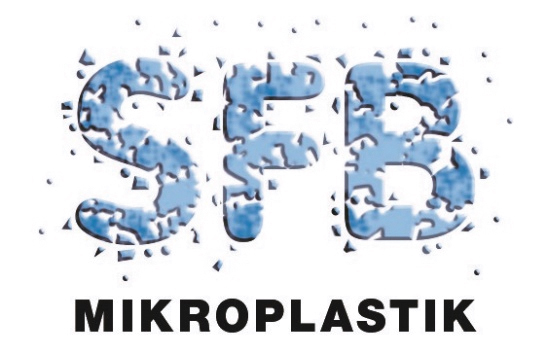News
Neue SFB 1357 Publikation: Opitz (2022) - Sedimentation Kinetics of Hydrous Ferric Oxides in Ferruginous, Circumneutral Mine Water
04.05.2022

Herzlichen Glückwunsch an das Teams B01 und KollegInnen: Joscha Opitz; Martin Bauer; Matthias Alte; Johanna Schmidtmann; Stefan Peiffer zu ihrer spannenden neuen Publikation in der Zeitschrift Environmental Science and Technology:
"Sedimentation Kinetics of Hydrous Ferric Oxides in Ferruginous, Circumneutral Mine Water"
DOI: https://doi.org/10.1021/acs.est.1c07640
Abstract: Transport, transformation, and removal of iron in aqueous environments is primarily controlled by ferrous iron oxidation followed by aggregation and sedimentation of the resultant hydrous ferric oxides. The latter mechanisms are particularly important for passive iron removal in mine water treatment systems, yet the interrelation and underlying kinetics are poorly understood. In this study, the sedimentation behavior of natural hydrous ferric oxides was systematically investigated under different hydrogeochemical conditions via laboratory-based column experiments. The objective was to determine a robust model approach for the approximation of aggregation/sedimentation kinetics in engineered systems. The results showed that sedimentation is governed by two interrelated regimes, a rapid second-order aggregation-driven step (r1) at high iron levels followed by a slower first-order settling step (r2) at lower iron levels. A mixed first-/second-order model was found to adequately describe the process: −d[Fe]/dt=kr2[Fe]+kr1[Fe]2 with kr1 = 9.4 × 10–3 m3/g/h and kr2 = 5.4 × 10–3 h–1. Moreover, we were able to demonstrate that the removal of particulate hydrous ferric oxides at low particulate iron levels (<10 mg/L) may be reasonably well approximated by a simplified first-order relationship: −d[Fe]/dt=ksed[Fe] with ksed = 2.4 (±0.4) × 10–2 h–1, which agrees well with incipient literature estimates. Only minor effects of pH, salinity, and mineralogy on kinetic parameters were observed. Hence, the results of this study may be broadly transferrable among different mine sites.

